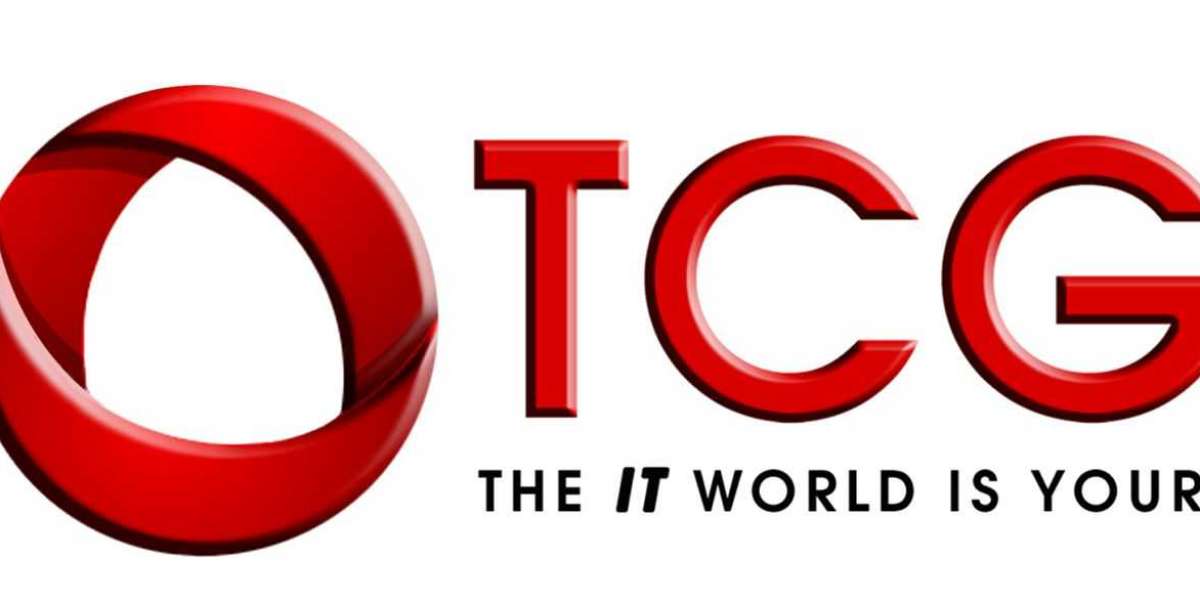From ordering food and managing finances to engaging in virtual reality experiences, mobile apps have reshaped the way we interact with technology and, by extension, the world around us. This evolution has made mobile application development one of the most sought-after and dynamic fields in the tech industry.
The Rise of Mobile Applications
The proliferation of smartphones and tablets has set the stage for the mobile app revolution. According to recent statistics, there are over 3.5 billion smartphone users worldwide, a number that's continually growing. This vast user base presents immense opportunities for businesses and developers alike.
App stores, such as Apple's App Store and Google Play Store, host millions of applications catering to diverse needs and preferences. The surge in app development is driven not just by consumer demand but also by advancements in technology, making it easier for developers to create sophisticated and user-friendly applications.
Key Platforms: iOS and Android
While there are several mobile operating systems, iOS and Android dominate the market. Each platform has its unique development environment, programming languages, and design guidelines.
iOS Development: Primarily uses Swift and Objective-C as programming languages. Developers utilize Xcode as the integrated development environment (IDE). Apple's strict guidelines ensure a consistent and high-quality user experience across all iOS devices.
Android Development: Employs Java and Kotlin as the main programming languages. Android Studio serves as the IDE. Given the vast array of devices and manufacturers, Android development often requires ensuring compatibility across multiple screen sizes and hardware specifications.
Native vs. Cross-Platform Development
One of the pivotal decisions in mobile app development is choosing between native and cross-platform approaches.
Native Development: Involves building applications specifically for a particular platform (iOS or Android). Native apps tend to offer better performance, smoother user experiences, and greater access to device features. However, developing separate apps for each platform can be time-consuming and costly.
Cross-Platform Development: Uses frameworks like React Native, Flutter, and Xamarin to create applications that run on multiple platforms from a single codebase. This approach accelerates development and reduces costs but might compromise on performance or access to certain platform-specific features.
The Development Process
Ideation and Research: Understanding the target audience, market needs, and competitor landscape.
Design: Crafting user interfaces (UI) and user experiences (UX) that are intuitive and engaging.
Development: Writing code, integrating functionalities, and ensuring the app operates seamlessly.
Testing: Rigorous evaluation to identify and rectify bugs, ensuring the app's reliability and performance.
Deployment: Releasing the app on relevant app stores and ensuring it meets all submission guidelines.
Maintenance and Updates: Continuously refining the app based on user feedback and technological advancements.
Challenges in Mobile App Development
Fragmentation: Especially prevalent in Android development, where numerous devices with varying specifications exist.
Security Concerns: Ensuring user data protection and app integrity against potential threats.
Performance Optimization: Balancing rich functionalities with smooth performance, especially on devices with limited resources.
User Retention: In a saturated market, keeping users engaged and loyal requires constant innovation and value addition.
The Future of Mobile Application Development
As technology continues to evolve, so does the realm of mobile app development. Emerging trends include:
Integration of Artificial Intelligence (AI) and Machine Learning (ML): Enhancing app functionalities with personalized experiences and predictive analytics.
Augmented Reality (AR) and Virtual Reality (VR): Offering immersive experiences, especially in gaming, education, and retail sectors.
5G Technology: Promising faster data speeds, which will enable more complex and data-intensive applications.
Internet of Things (IoT): Facilitating interconnected devices, allowing apps to control and communicate with various gadgets seamlessly.
Conclusion
Mobile application development stands at the forefront of technological innovation, continually adapting to meet the evolving demands of users and businesses. As the digital landscape expands, the importance of creating robust, user-centric, and forward-thinking applications cannot be overstated. For developers and businesses alike, staying abreast of trends, challenges, and best practices in mobile app development is paramount to achieving success in this dynamic field.




